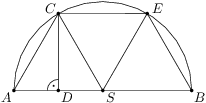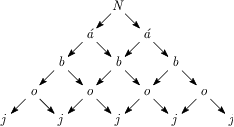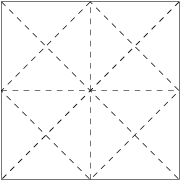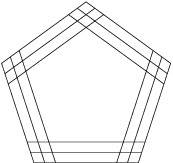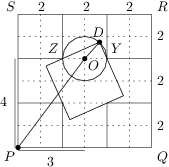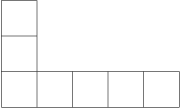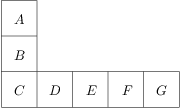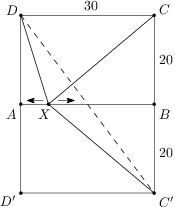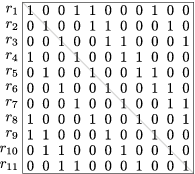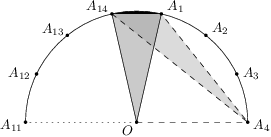Answer:
Let be the sought-after number. First we deduce the digit to be removed must be the second one.
Proceeding by contradiction, assume the two initial digits have remained. Out of an -digit number , the removal produces an -digit number . The number has then digits again, the two initial ones being the same as in , yet because the former does not end with a zero. This is a contradiction – subtracting two multiples of an -digit number cannot produce an -digit number.
Now we write , where and are digits () and is a number with a nonzero terminal digit. Removal of the second digit produces . Hence, for a suitable , it follows that
At this point we observe . Indeed, provided , the number would have a greater initial digit than , which is impossible. Let us modify the equality into
Given that the left-hand side is divisible both by and , the right-hand side must share the same property. The number does not end with a zero, hence has to be divisible by at least one of the prime numbers , in their full power. Seeing that , we conclude (by reason of and even ), resulting in having at most digits. On the other hand, for it must be , yielding
In order for the right-hand side to be nonnegative, the only option is ( and are digits). As for , we may choose , , the latter of which we disregard for would end with a zero. With , we calculate and finally verify that really is a solution to the problem.




